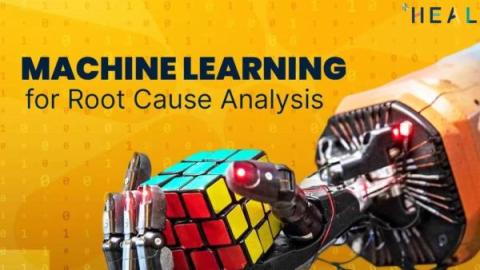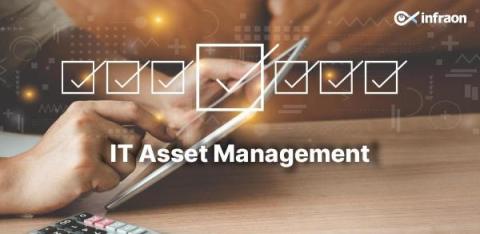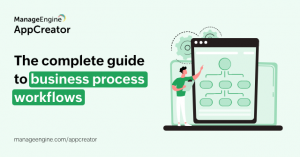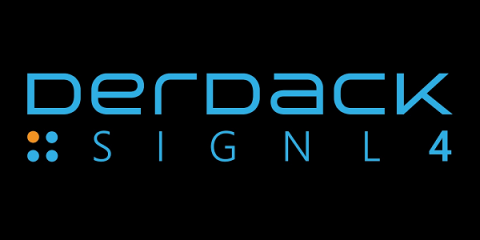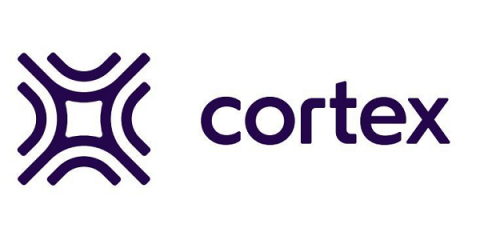Machine Learning for Fast and Accurate Root Cause Analysis
Machine Learning (ML) for Root Cause Analysis (RCA) is the state-of-the-art application of algorithms and statistical models to identify the underlying reasons for issues within a system or process. Rather than relying solely on human intervention or time-consuming manual investigations, ML automates and enhances the process of identifying the root cause.


